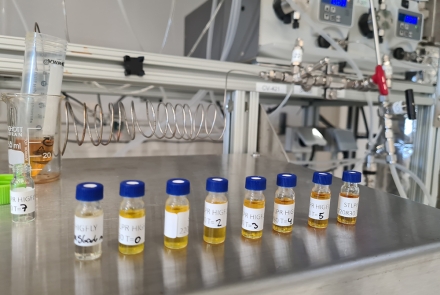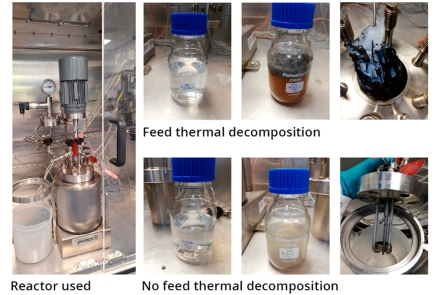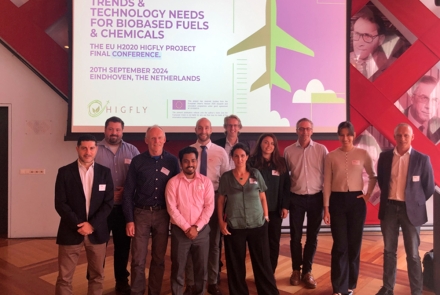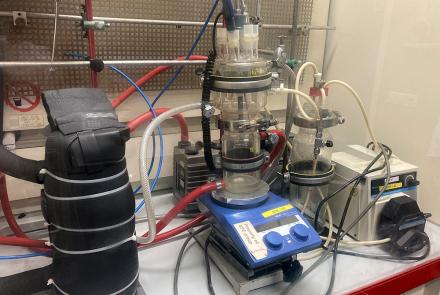Navigating the Future of Sustainable Aviation Fuel in 2024
In 2024, the sustainable aviation fuel (SAF) sector is experiencing a transformative phase, driven by key legislative agreements and technological advancements. This article explores the dynamic landscape of SAF, drawing insights from recent developments, market outlooks, and global trends.
Legislative Momentum: Across the European Union, the United States, and the United Kingdom, groundbreaking legislation is set to reshape the SAF industry. The confluence of the ReFuelEU agreement, advancements in UK mandate discussions, and U.S. tax credits underscores a pivotal moment. These initiatives are projected to trigger a substantial surge, reaching 12.8 Mt (4.5 Bgal) of SAF demand and supply by 2030. Looking ahead to 2050, the industry anticipates SAF capacity of 120 Mt (42 Bgal) in Europe and the U.S., presenting over 600 billion USD in ESG investment opportunities.

Regional Dynamics: A closer examination reveals nuanced regional perspectives. In Europe, a SkyNRG report suggests that 2030 mandates are within reach, however, to meet 2050 mandates, deploying more than 150 SAF refineries becomes imperative, creating a significant ESG investment opportunity of 250 billion EUR.
In the U.S., achieving ambitious goals hinges on diverse feedstock announcements, including corn ethanol and waste materials. This could result in the deployment of approximately 250 SAF refineries by 2050, representing a cumulative investment opportunity of 400 billion USD.
Global Trends in 2024: The prevailing trend in 2024 is the robust growth in SAF production, fueled by new mandates in the EU and Japan, with expectations of additional mandates in Asia. Global expansion is evident, with numerous projects announced and implemented, albeit at varying paces.
A noteworthy development is the increasing interest in co-processing which allows for the conversion of renewable feedstocks into biojet fuel within existing facilities, offering an economically competitive and swift boost to SAF availability.

Diversification and Innovation: Beyond co-processing, existing refineries are embracing the trend of upgrading, diversifying, or reconstructing operations to align with different SAF pathways. Repurposing resources and leveraging locally available raw materials are central to this strategy.
Solid Waste as a Viable Resource: In 2024, the SAF sector is witnessing increased investment in pathways like Alcohol-to-Jet (ATJ) and gasification coupled with the Fischer-Tropsch process. These methods utilise feedstocks such as agricultural and forest residues, as well as municipal solid waste. The emphasis on solid waste as a third-generation feedstock underscores its abundance and sustainability, offering a substantial resource for SAF production.

Maritime Decarbonisation: As the aviation industry evolves, parallel efforts are underway to decarbonise maritime activities. The International Maritime Organization (IMO) has committed to reaching net-zero by 2050, necessitating a shift to alternative marine fuels like hydrogen, ammonia, biofuels, and e-methanol. Similar to aviation, the maritime sector recognises the need for a diversified fuel mix to meet ambitious decarbonisation targets.
In Conclusion: The outlook for sustainable aviation fuel in 2024 is marked by legislative strides, global expansion, and a commitment to innovative production methods. The industry's success lies in navigating the intricate balance of diverse feedstocks, regional mandates, and collaborative international efforts. As stakeholders strive towards a sustainable and decarbonised future, the upward trajectory of SAF production in 2024 points towards a promising and transformative journey for the aviation sector.
Sources:
skynrg.com
topsoe.com







